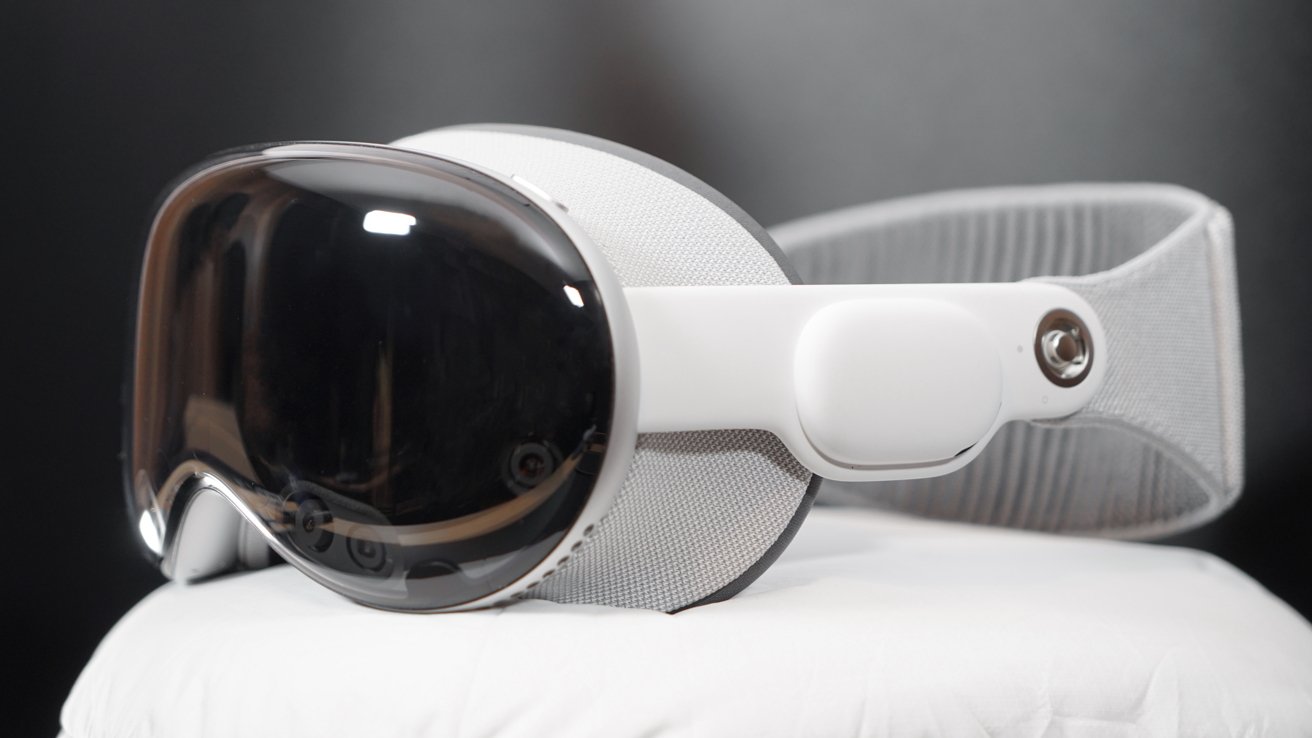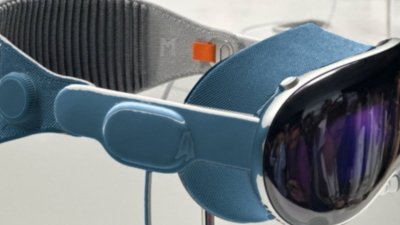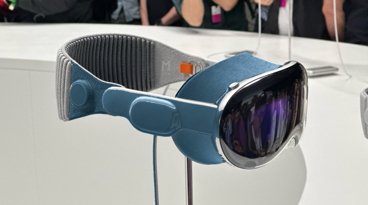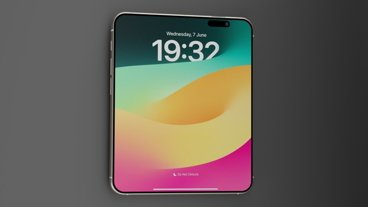Facing competition from Meta's improving Quest headset line, Apple is having to think hard about the future of its own Vision hardware.
The Apple Vision Pro is presented as a premium mixed-reality headset, but one entering an already occupied marketplace. With the prospect of Meta increasing its footing in the market, Apple has to take a long hard look at itself when it comes to head-mounted displays.
Following the introduction of the improved Quest 3S headset at a price one tenth of the Apple Vision Pro, Apple is now rethinking its current course.
In Sunday's newsletter from Bloomberg, the Apple Vision Products Group is now evaluating a few different course of action for the headset.
The first and most obvious route is to maintain course, keeping the Vision Pro as a premium model while introducing a less-expensive edition. Made with cheaper materials, the value-based headset would still let Apple come out with a second-gen Pro model.
This seems like the most likely proposition for Apple. Forecasts for the next model indicate few real changes aside from faster processing with Apple Intelligence, along with a lower-spec consumer-grade mode.
Apple could also move towards making the headset more like a smart display. By removing the computer element and external battery, the headset will be lighter, cheaper to produce, and force the iPhone into handling processing duties.
It could also go down the smart glasses route, developing something close to Meta's collaboration with Ray-Ban.
Apple could go down the route of smart glasses but without the glasses element. With claims of AirPods Pro in development with external cameras and AI, this could offer many typical smart glasses applications for all users.
The last "Holy Grail" option is to create AR glasses with all of the possible features. This would include high-performance lenses, battery, onboard computer, cameras, eye tracking, and other features within a pair of fairly standard glasses frames.
The last option is apparently a dream for CEO Tim Cook. However, Apple previously decided to pause development on something similar simply because it was too hard to create at this time.
 Malcolm Owen
Malcolm Owen

-m.jpg)







 Marko Zivkovic
Marko Zivkovic

 Chip Loder
Chip Loder
 Christine McKee
Christine McKee
 William Gallagher
William Gallagher
 Amber Neely
Amber Neely



-m.jpg)






8 Comments
The “Holy Grail” option - but with the iPhone doing all the heavy lifting - is the only one that would have mass appeal. I have no idea why Tim Cook et al insist on doing everything in glasses (or even in the current VP headset) when there simply isn’t enough room for batteries to do all that computation onboard. We all already have smartphones in our pockets - with AR glasses managed wirelessly from those phones, we could increasingly leave them there. Such a product would not only allow for a gazillions of new use cases, but it would also help Apple sell yet more iPhones.
I would love to have a pair of AR glasses, but for right now I love my AVP and hope they continue development along this line as well.
Though I think we'll see a workable pair of AR (only) glasses before the end of this decade, Meta's Orion debacle (it costs $10K, and you'll never be able to buy it!) proves that this stuff is hard, at least with present tech.